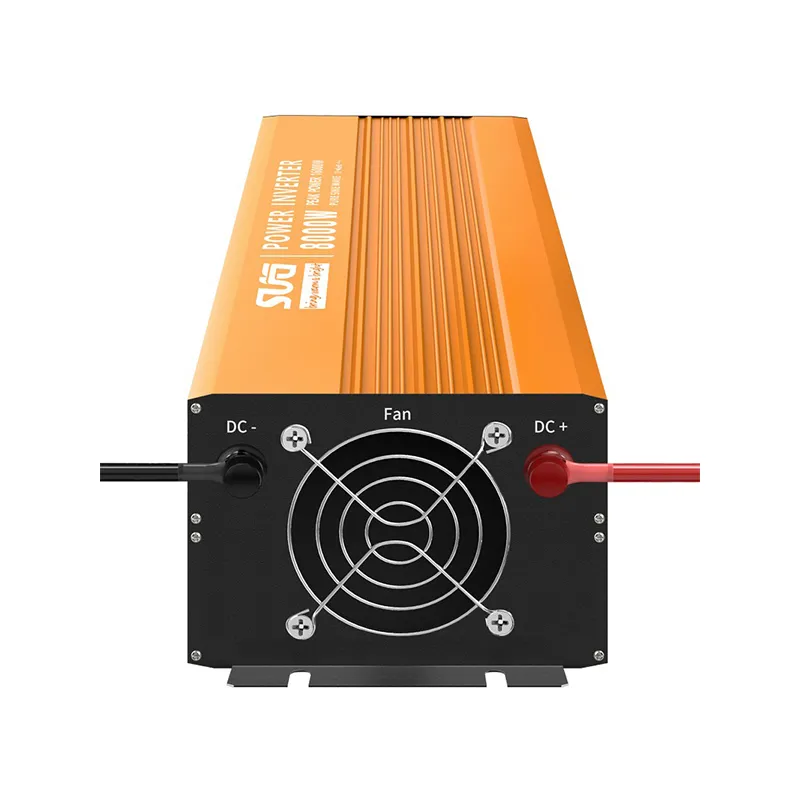Three-Phase Integrated Solar System for Efficient Renewable Energy Solutions
Understanding the 3-Phase Hybrid Solar System
As the world increasingly shifts towards sustainable energy solutions, the hybrid solar system has emerged as a popular choice for both residential and commercial applications. Among the various types of solar systems, the 3-phase hybrid solar system stands out due to its efficiency and versatility. This article delves into the workings, benefits, and applications of a 3-phase hybrid solar system, shedding light on why it is an excellent option for energy consumers looking to reduce costs and minimize their carbon footprint.
What is a 3-Phase Hybrid Solar System?
A 3-phase hybrid solar system combines multiple energy sources, typically solar panels and the grid, with the option of incorporating battery storage. The 3-phase aspect refers to the electrical system's design, which uses three alternating currents (AC) to deliver power. This setup is generally more efficient than single-phase systems, especially for larger applications. The hybrid nature of the system allows for optimal energy usage by producing, consuming, and storing solar energy while also having access to the grid for supplementary power during periods of low sunlight.
Key Components
1. Solar Panels These are the heart of the solar system, converting sunlight into electricity. In a 3-phase hybrid solar system, solar panels are often installed in arrays to maximize energy production. 2. Inverter The inverter is crucial as it converts the DC electricity generated by the solar panels into AC electricity used in homes and commercial buildings. In a hybrid system, the inverter also manages the flow of electricity between the solar panels, the batteries, and the grid. 3. Battery Storage To optimize energy consumption and enhance reliability, battery storage is integrated into the hybrid system. These batteries store excess solar energy produced during the day for use during the night or cloudy days, reducing reliance on the grid. 4. Grid Connection The grid serves as a backup energy source when the solar production is insufficient to meet consumption needs. Additionally, any surplus energy generated can often be fed back into the grid, providing financial incentives through net metering.
Advantages of a 3-Phase Hybrid Solar System
1. Increased Efficiency A 3-phase system allows for balanced load distribution, reducing the risk of power surges and improving overall efficiency. This is particularly beneficial for larger facilities that require more power.
3 phase hybrid solar system

2. Cost Savings By utilizing solar energy, users can significantly reduce their electricity bills. With battery storage, they can take advantage of lower electricity rates during off-peak hours and use stored energy during peak times.
3. Energy Independence A hybrid solar system decreases reliance on the grid, providing greater energy independence. This can be particularly valuable during power outages or in remote areas where grid access is limited.
4. Environmental Impact By harnessing renewable solar energy, users can dramatically decrease their carbon footprint and contribute to a more sustainable future.
5. Scalability Hybrid systems are modular, meaning they can be expanded as energy needs grow. This scalability ensures that the system can adapt to changes in energy consumption patterns.
Applications
3-phase hybrid solar systems are especially popular in commercial settings, such as warehouses, factories, and large retail plazas, where high power loads are common. They are also increasingly used in agricultural operations to power equipment and irrigation systems. Additionally, many residential users are opting for these systems to enhance energy efficiency and resilience in their homes.
Conclusion
In summary, the 3-phase hybrid solar system represents a powerful solution for those seeking to harness solar energy effectively. With its ability to provide reliable, efficient, and sustainable power, it is an attractive option for a wide array of applications. The integration of battery storage alongside grid connection further enhances its appeal by allowing users to maximize their energy savings and minimize their environmental impact. As technology continues to advance and the demand for renewable energy rises, 3-phase hybrid solar systems are well-positioned to play a pivotal role in the transition toward a greener future.
-
Navigating Off Grid Solar Inverter: From Use Cases to Trusted PartnersNewsAug.05,2025
-
Solar Edge String Inverter: A Wholesaler’s Guide to Inverter Technology SelectionNewsAug.05,2025
-
Microinverters: Revolutionizing Solar Energy UseNewsAug.05,2025
-
Future of Monocrystalline Solar Panel Efficiency: Latest Technological AdvancesNewsAug.05,2025
-
Solar Panels for House: A Complete Guide to Residential Solar EnergyNewsAug.05,2025
-
Panel Bifacial Performance in Snow and Low-Light ConditionsNewsAug.05,2025







